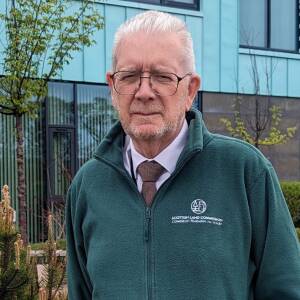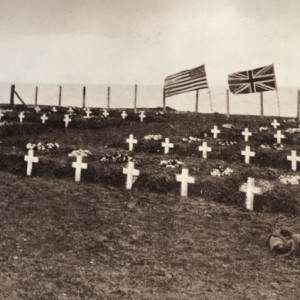Honouring the fallen
Before I left Islay this morning I drove up to the Museum of Islay Life at Port Charlotte. It is always worth a visit and is a credit to the volunteers who maintain it and develop its offering for visitors and locals alike. In so doing they depend and broaden understanding of the history of the island.
I wanted to see the American flag which had been sown by local women after the Tuscania sinking and which had been loaned to the museum by the Smithsonian as part of the WW100 commemorations.
The story is a moving one - this version is from “Centenary News” :
“A US flag made by Hebridean islanders to honour American soldiers of the Great War who perished in a U-boat attack has travelled back to Islay for WW100 Scotland's international commemorations.
The troopship SS Tuscania was torpedoed in the waters between Scotland and Northern Ireland on 5 February 1918, with the loss of more than 210 US troops and British crewmen.
On the eve of the funerals for those found washed ashore on Islay, five islanders set to work on sewing the Stars and Stripes so that the Americans could be laid to rest under their own flag.
Afterwards, it was sent to President Woodrow Wilson in Washington, where it’s now in the care of the Smithsonian’s National Museum of American History "The flag embodies an amazing story and we are proud to have been its stewards," said Richard Kurin, the Smithsonian’s Ambassador at Large.
"We are prouder still that the flag now returns home to be exhibited on Islay where it can invoke in the current generation an appreciation of how their forebearers so respected those brothers in battle who’d washed up upon their shores, offering hospitality and healing to the survivors, and providing a last measure of honour to the fallen soldiers and crew."
Five islanders - Catherine McGregor, Jessie McLellan, John McDougall, Mary Cunningham, Mary Armour - worked into the small hours to have the flag ready for the first of the funerals Care was to taken to get the detail of the Stars and Stripes right, as Hugh Morrison, the Laird of Islay Estate, explained in a letter to the Smithsonian:
"Mrs Forbes, the wife of the then factor of Islay estate, had an Encyclopaedia where John MacDougall,the estate joiner, got all information as to the size of the Flag and the correct number of stars and stripes. John made a plan from which Miss Mary Armour and her helpers, Jessie MacLellan, Mary Cunningham and Catherine MacGregor, were able to cut the cloth to the right dimensions. There was no time to send for suitable material and the stars and stripes were made of white cotton calico, the blue part of figured calico turned outside in; and the red stripes of Turkey twill, all procured at the local merchant’s in Bridgend. Jessie MacLellan and her Mother cut the stars and sewed them on the blue."
The flag can be seen in contemporary pictures of the funerals on the island , one of which is my extra photo today.


Comments
Sign in or get an account to comment.


